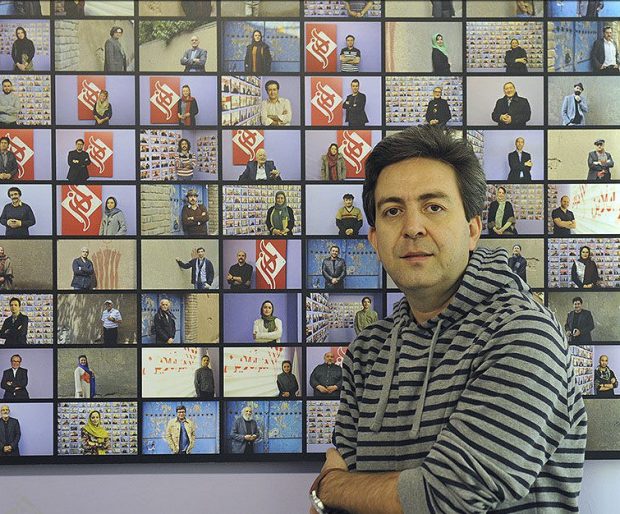
A journalist with a waterproof watch!

Alireza Bahrami
Text of the speech delivered by Alireza Bahrami, Editor in Chief, ISNA News Agency, Iran, at the World Journalists Conference (WJC 2022)
By Alireza Bahrami
Editor in Chief, ISNA News Agency
TEHRAN: With the rise of social networks in daily lives of people, some speculated that the age of formal media is over. But at least so far this hypothesis has not been realized, on the contrary, it may have gained strength. The invention of the telephone once suggested that the age of the book was over, but this did not happen. Later, with the invention of the Internet and its key role in people’s lives, the assumption of the end of the book was raised again and again nothing happened.
However, some people who saw their profit in establishing this belief, are constantly propagating this idea.
But what is the reality? Let me focus less on theoretical discussions and give you an example in the media of my country, Iran. In Iran, especially with the spread of social networks, one of the types of fake news that increased was the fake news of the death of prominent figures, especially for those who have a history of illness or old age.
Such news was mostly spread during the Iranian New Year holidays, that almost last two weeks. But some of the figures whose deaths have been reported over the past few years are still alive. Some Iranian media outlets fell victim to fake social media news.
In my news agency, ISNA, a specific strategy was chosen in this regard. “Second Source”; It became more important than before. In ISNA, after receiving the news of the death of famous or important people, this news is published only when a second source has confirmed it. The second source is, in many cases, a family member and sometimes a guild in which the artist is a member and is responsible for planning the funeral.
Of course, in ISNA, the old debate about the “speed” of the news or the “accuracy” (correctness) of the news is also important. We believe that “speed” of the news is very important, but “accuracy” is also more important than breathing.
How is this equation solved? This is the main point. Any non-professional can speed up the spread of news. Any unskilled driver can drive a car at breakneck speed, but for a professional journalist, the speed of news coverage is a different matter. In fact, the speed of a skilled driver is reassuring. So it can be said that successful journalists are those who can mix emotion with experience.
This is where “threat” becomes “opportunity.” Over time, as much of this news became known to be fake on social media, it became important to cite standard media. On virtual networks, when they published the news, they tried to remind that the news was also published by the official media.
Sometimes, in order for the audience to believe their news, they even lied that the news was published by a standard media. A number of fake news on Iranian social networks have been attributed to ISNA; though ISNA had not published that news.
This shows that the media, which strengthened their professional behavior and did not lose their originality in imitating social networks, are still considered a reliable source. Do not doubt that this situation will be more beneficial for the standard media in the future.
The media should act like a waterproof clock, showing the exact time, without increasing or decreasing the speed of its hands under the influence of external factors.


